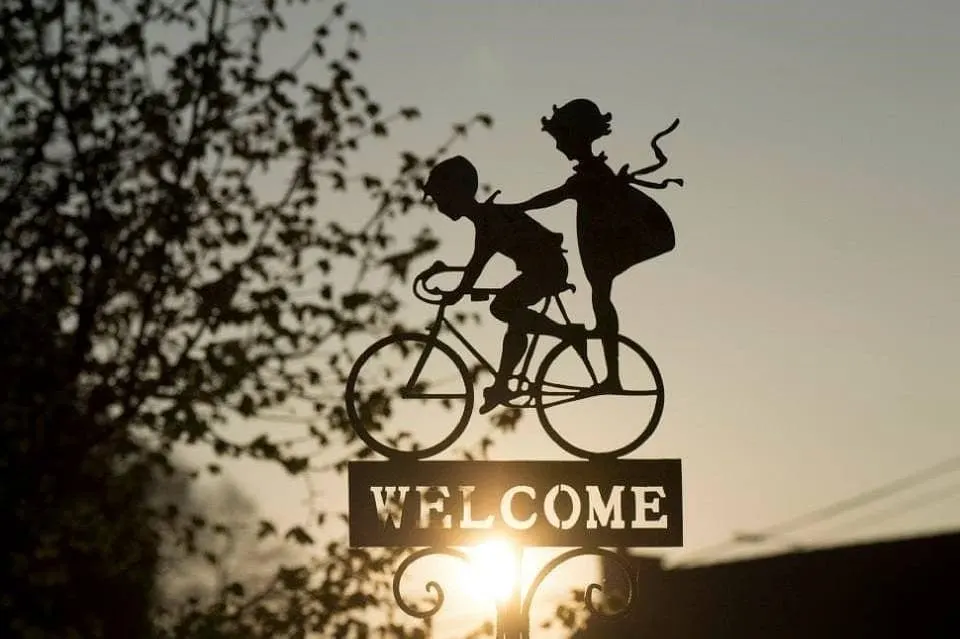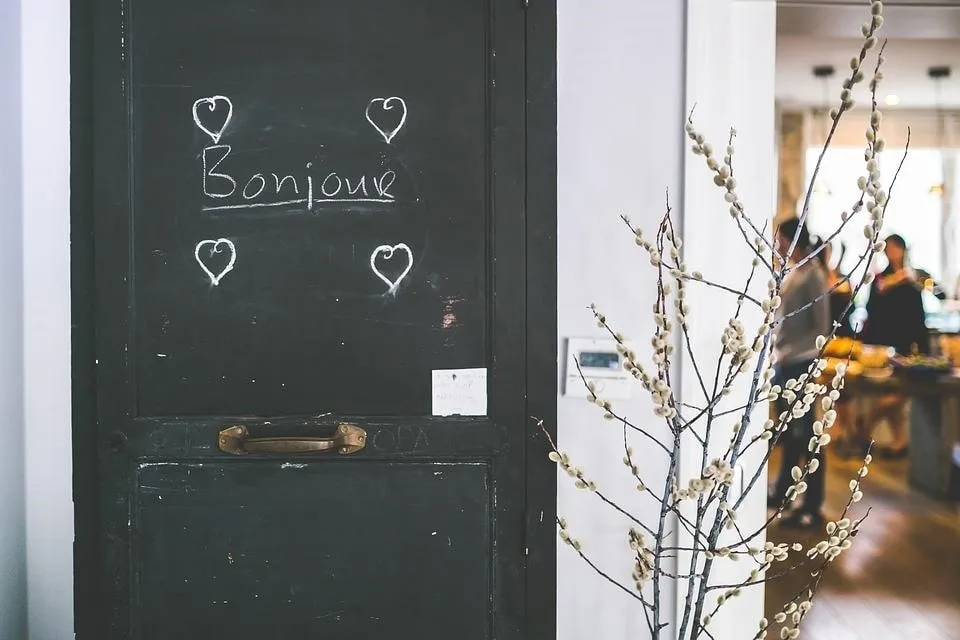While a smile can work wonders, traveling around the world, it is good to acknowledge people in their native language. Either through verbally spoken words or gestures, a greeting is the first impression anyone makes. This first interaction is the deciding factor on how the following conversation will proceed. Although locals are tolerable when a person mispronounces a greeting, one must never insult them by doing something that is considered inappropriate.
Before traveling to a country where the language is different from your own, it is always a great idea to brush up on the regional greetings. Most places have unique languages, dialects, and sometimes it can be difficult. Keeping a guide to local phrases handy is always good, and you can also use apps on smartphones or go old-school and carry a dictionary. There is no shame in asking the locals, and in fact, being curious about their culture only breaks barriers and makes the interaction warmer and friendlier.
How People Greet Around The World
Bonjour
One of the most popular greetings around the world is in French. Bonjour usually translates as hello, good morning, and can also mean welcome. Typically, saying bonjour in France is followed by the gesture of air-kisses on three cheeks. In some parts of the country, it is not uncommon to kiss four times.
Ciao
The Italian world for both hello and goodbye is Ciao. It’s the most common greeting used in the country and is both casual as well a professional. Its origins are in Venice, but the fantastic part of the word is that ciao is often used by English speakers as well. Another surprising fact about the word is that while it originated from the Venetian language, Ciao only came to be used in the 20th century, so it is quite a new word in that sense.
Kia Ora
The national greeting in New Zealand means “be well” and has its origins in the Maori language. It’s a lovely way to welcome that goes a little beyond the common “hello”. It means wishing a person good health. Kia Ora also means goodbye and thank you. However, it is New Zealand’s unusual gesture of Hongi that most people will remember from their visit to the state. Quite recently the Duke and Duchess of Sussex performed the Hongi while on their Royal visit to New Zealand. It consists of coming close to the other person and touching their nose and rubbing it with your nose. It’s quite intimate, and first-timers take a little time getting used to it.
Namaste
The Indian and South East Asian word for welcoming guests, Namaste has become quite popular across the globe with the rising fame of yoga. Most yoga sessions begin and end with a namaste done by holding both hands together and bending a little. In India, the greeting is a way to show respect to elders.
Aloha
One of the most exotic ways to greet someone, Aloha is a Hawaiian word that means so much more than the simple hello. The definition of aloha encapsulates the idea of love, compassion, and even mercy, making it truly a unique way to welcome someone.


